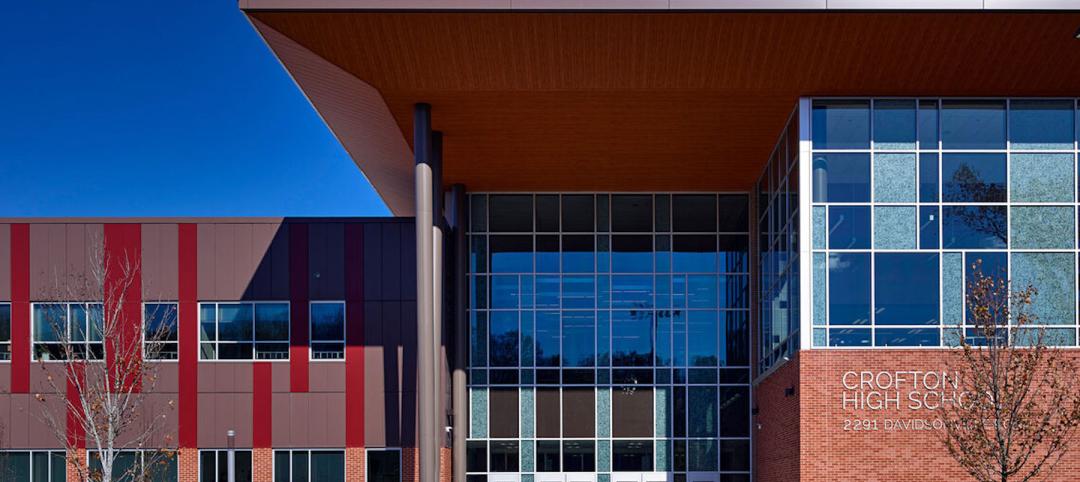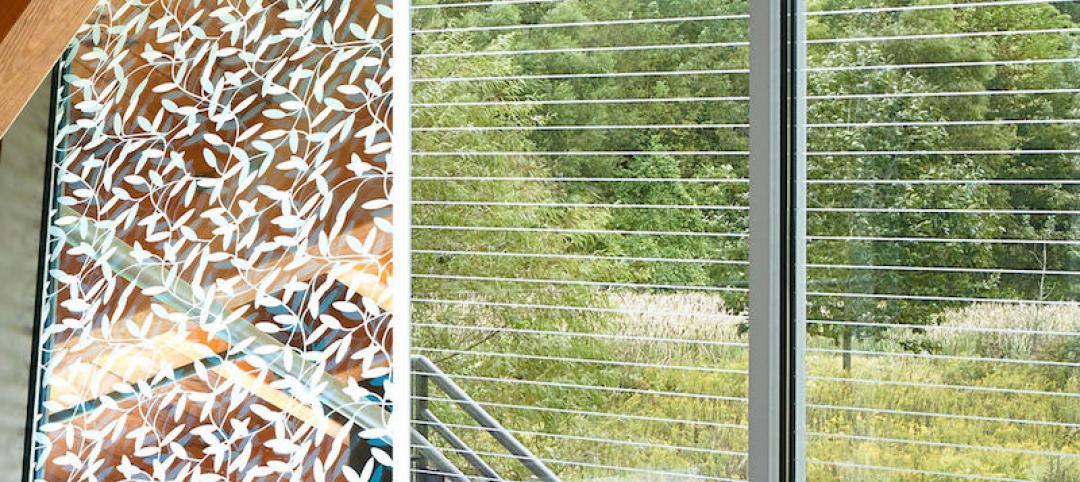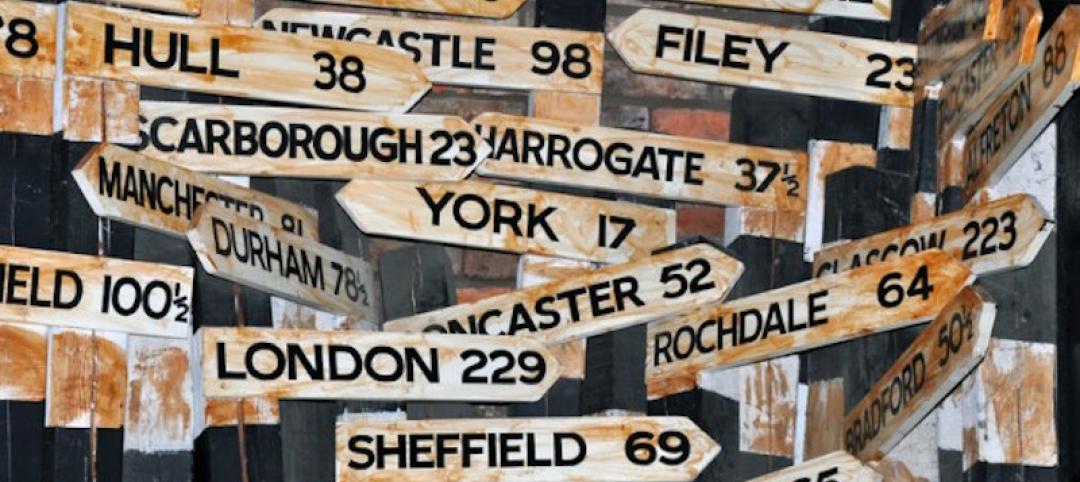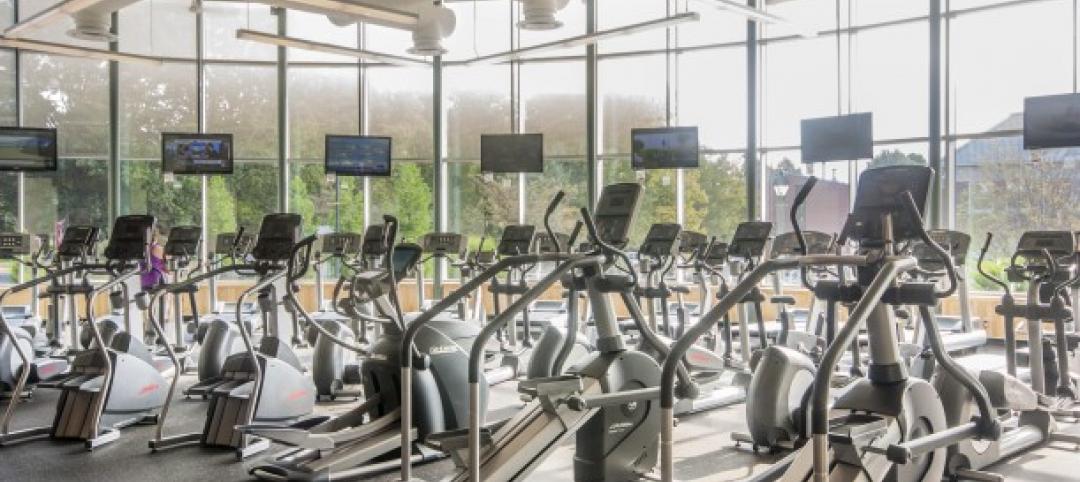These anniversaries commemorate events dotting the American landscape and calendars, reminding us of national achievements, tragedies, and triumphs that continue to shape our identity and values.
Formally, our country dates to 1776, when thirteen Atlantic colonies united and struggled for independence from the English monarchy, which then led to an expanding Union that fought a brutal Civil War. During that first century, the great westward expansion by explorers and pioneers toward the Pacific deposited settlements and towns that developed into places and cities across the nation.
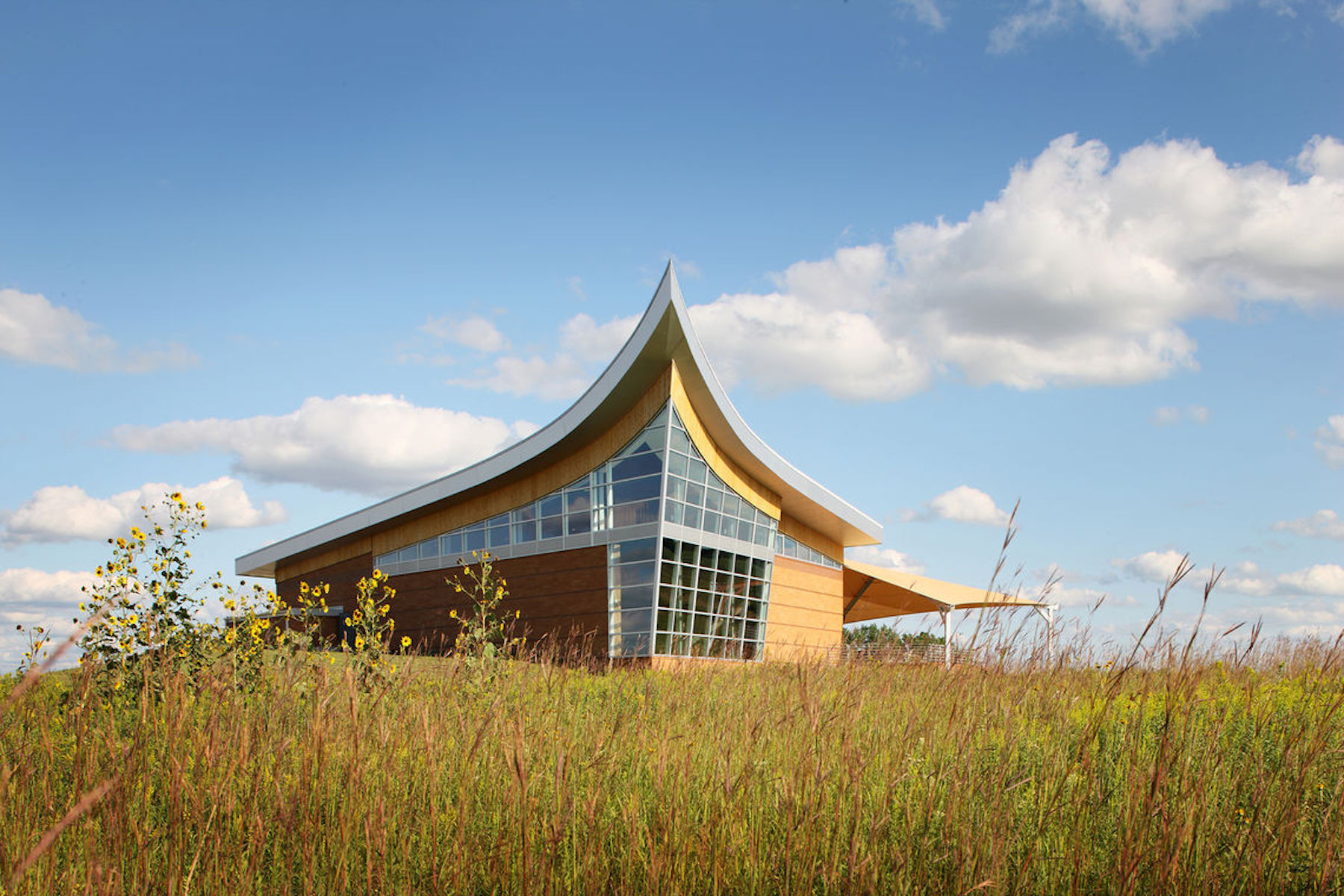
Whether rural or urban settings, all these places have unique stories and traditions, and over time, they contribute to our collective identity. When shared with the greater public, these historical accounts provide crucial context to the various struggles faced by people in the past. This fosters a greater appreciation for the difficulties and circumstances of that specific place and time. Perhaps this reminds us of our human capacity for ingenuity or inventiveness in time of social need or inspires us in our own challenges. This history anchors regional perspective, and at times, shapes our national dialogue.
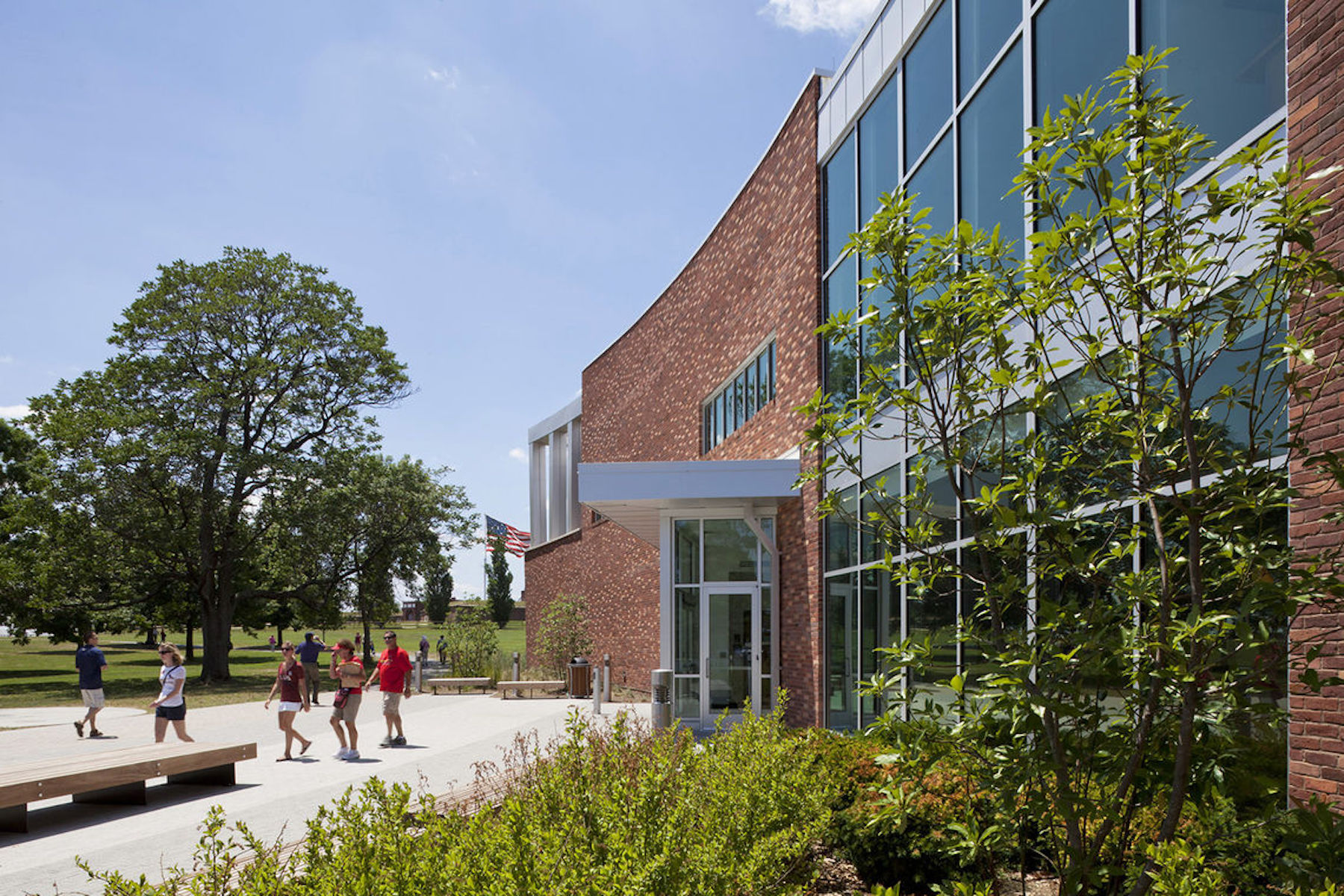
Just as we commemorate and celebrate military victories, bold discoveries, and great innovations, it is also important for us to acknowledge the painful and difficult stories of sacrifice and suffering like the bloody Battle of Antietam during the Civil War, the civil rights march in Selma, and more recently, the attacks of September 11, 2001. Folding these historical events into the American consciousness shapes our national introspection for decades, centuries, and hopefully, millennia later. Commemorating these often involves memorials or buildings to help cement and preserve these important narratives.
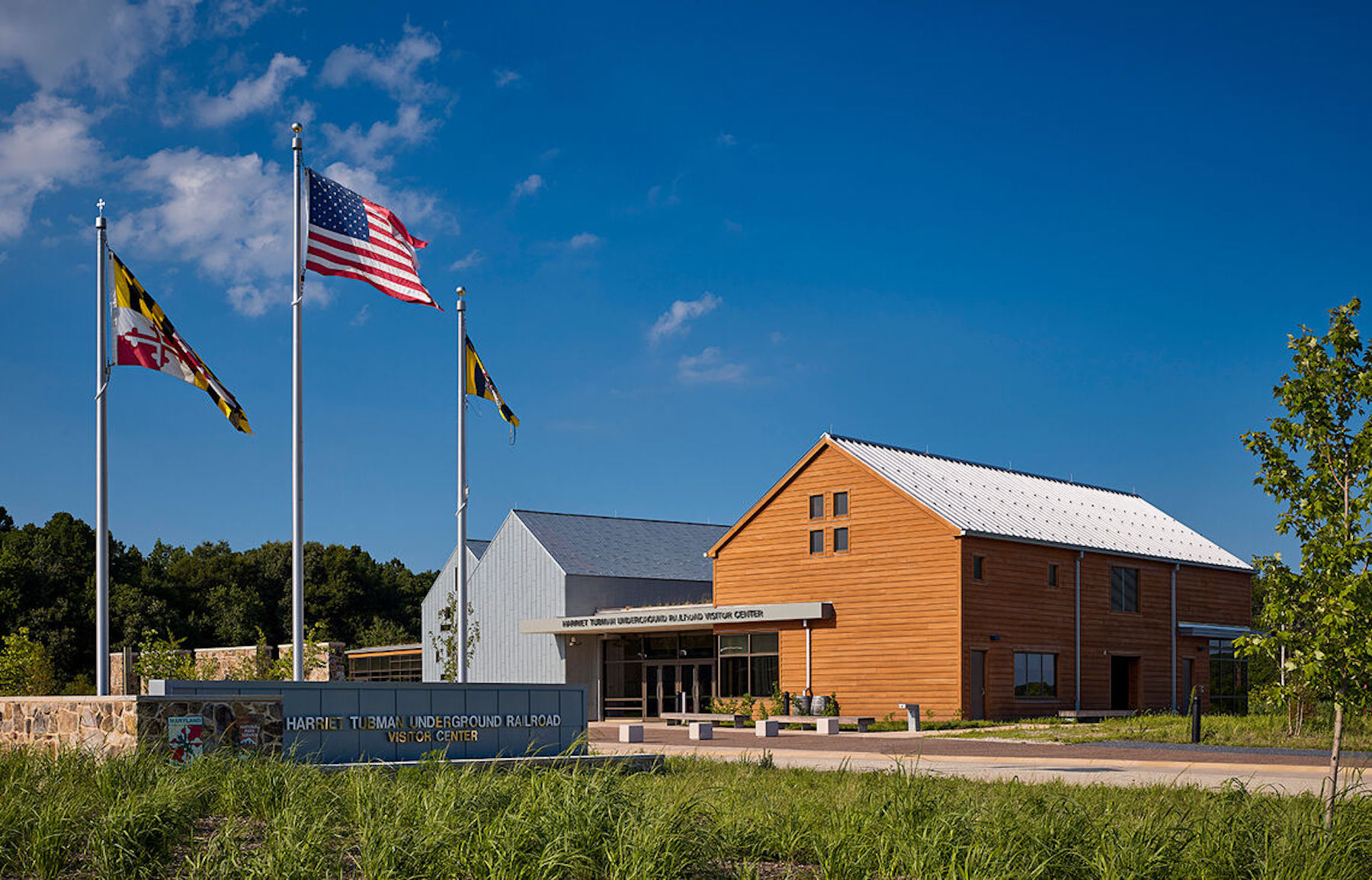
Our work with the National Park Service over the past thirty years has involved telling many of these stories: the penning of our National Anthem; the brutal battles of the Civil War from Petersburg, to Monocacy, to Gettysburg; the heroism and selflessness of Harriet Tubman; the westward expansion spurred by the Homestead Act of 1862; the bravery of the sons and daughters that served in the Great War; and accounts associated with the presidencies of Washington, Lincoln, Jefferson, Truman, and others.
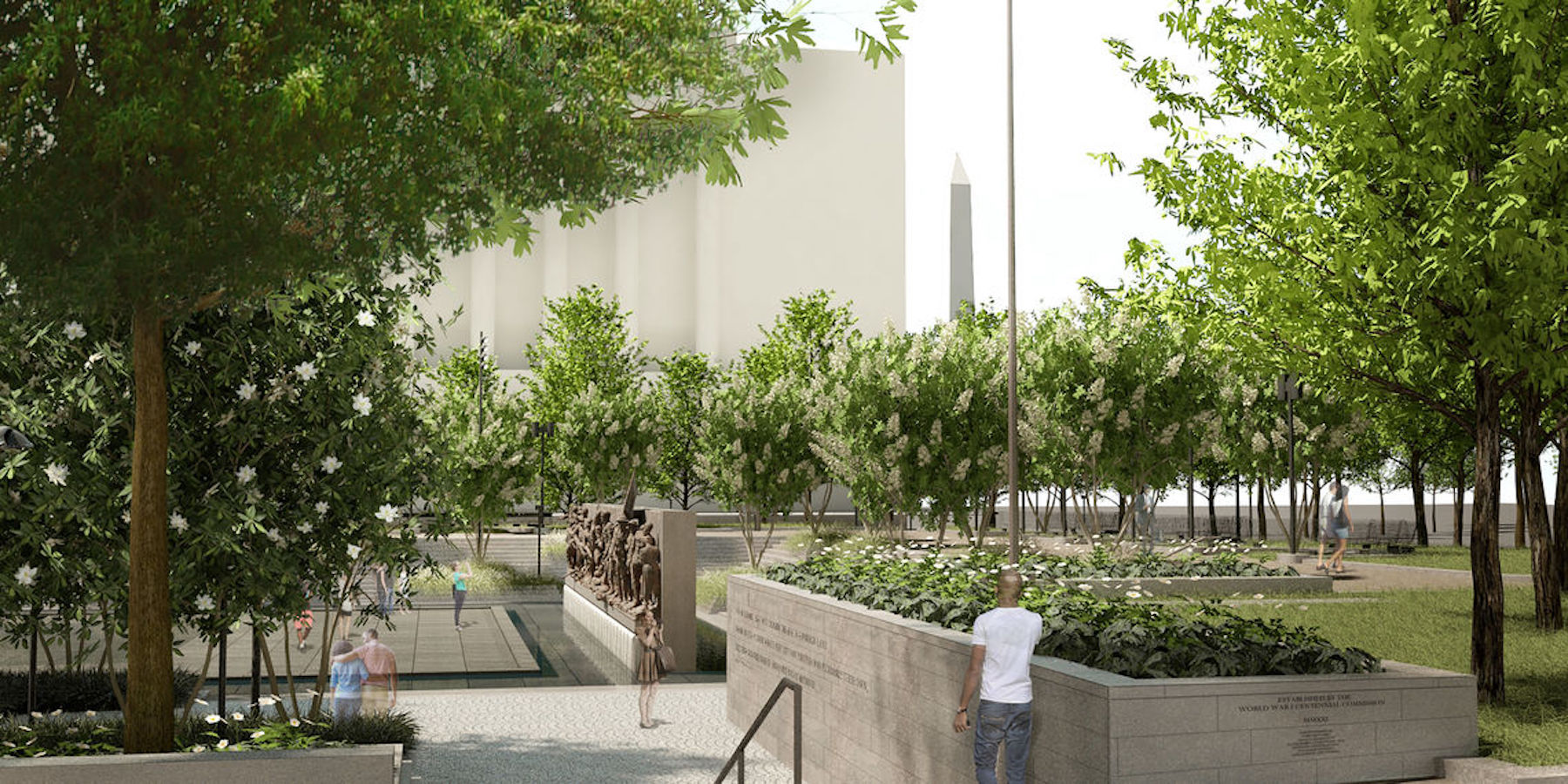
These endeavors, however, require careful planning years in advance of large anniversaries and associated events to secure funding, engage the public, and allow the planning and design team time to research and fully immerse themselves in the history and place. Considerations include siting of structures, providing public access, and understanding the genius loci or spirit of the place to deliver a comprehensive interpretative experience. It also involves inventorying cultural artifacts and utilizing appropriate technologies and various media to effectively communicate this information through site tours, exhibits, and talks.
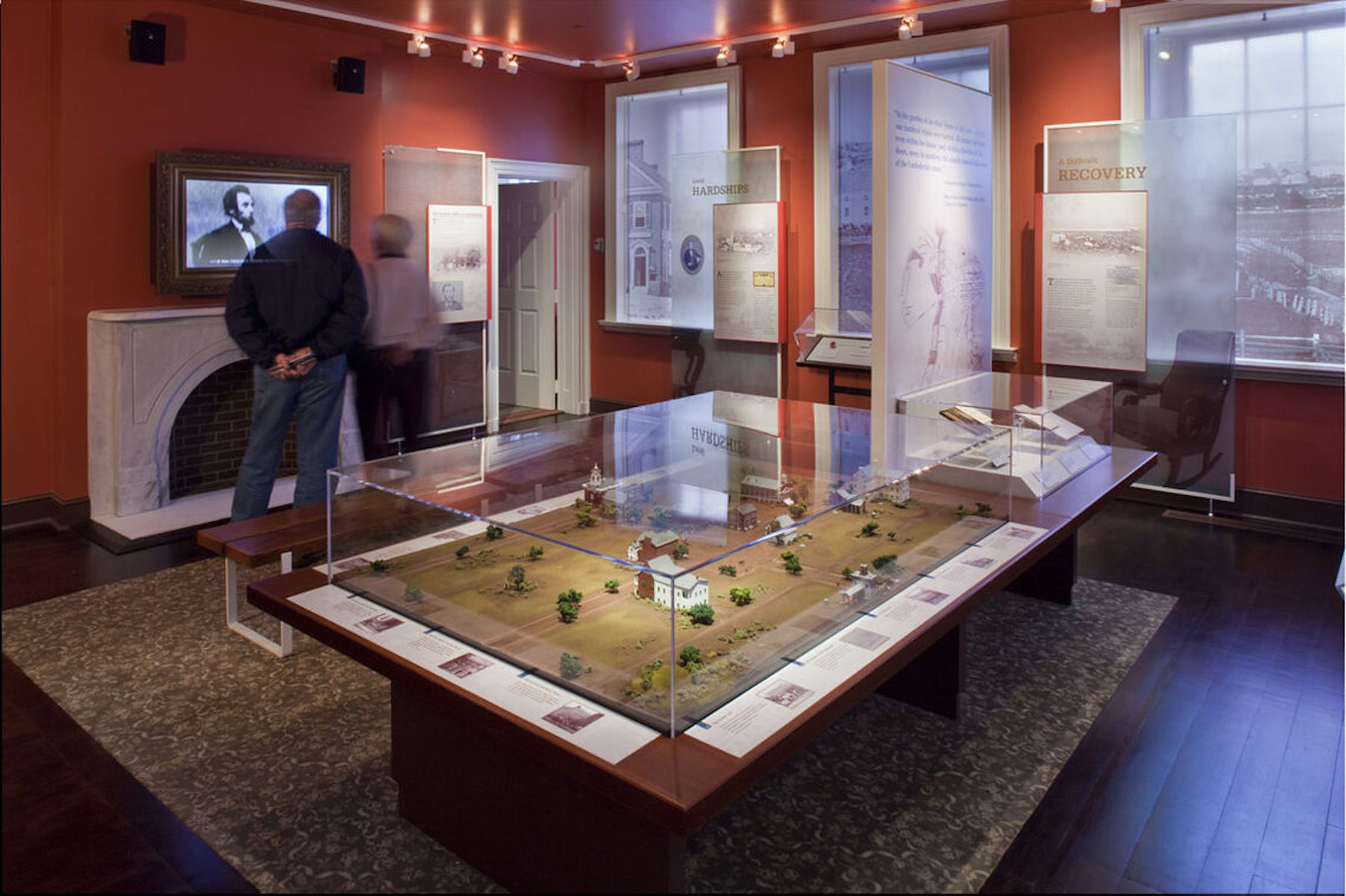
Ultimately, our mission is to assist in telling the story of a place through site and architecture that will resonate for generations. It is to educate not just through textbooks, images, and virtual media, but through a tangible, sensory experience, leaving visitors young and old with the thought that something special happened here.
More from Author
GWWO | Jan 8, 2024
Achieving an ideal visitor experience with the ADROIT approach
Alan Reed, FAIA, LEED AP, shares his strategy for crafting logical, significant visitor experiences: The ADROIT approach.
GWWO | Jan 18, 2023
Building memory: Why interpretive centers matter in an era of social change
The last few years have borne witness to some of the most rapid cultural shifts in our nation’s long history. If the experience has taught us anything, it is that we must find a way to keep our history in view, while also putting it in perspective.
GWWO | Aug 17, 2022
Focusing on building envelope design and commissioning
Building envelope design is constantly evolving as new products and assemblies are developed.
GWWO | Feb 7, 2019
Designing for the birds is not just for the birds
We’ve all seen it. A dead bird laying on the sidewalk next to a building. Or, maybe we’ve heard it. The loud bang of a bird flying into your window.
GWWO | Jul 6, 2017
Achieving an ideal visitor experience: The ADROIT approach
The most meaningful experiences are created through a close collaboration between architects, landscape architects, and exhibit designers.
GWWO | Mar 1, 2017
Intuitive wayfinding: An alternate approach to signage
Intuitive wayfinding is much like navigating via waypoints—moving from point to point to point.
GWWO | Sep 6, 2016
Letting your resource take center stage: A guide to thoughtful site selection for interpretive centers
Thoughtful site selection is never about one factor, but rather a confluence of several components that ultimately present trade-offs for the owner.
GWWO | Mar 13, 2014
Do you really 'always turn right'?
The first visitor center we designed was the Ernest F. Coe Visitor Center for the Everglades National Park in 1993. I remember it well for a variety of reasons, not the least of which was the ongoing dialogue we had with our retail consultant. He insisted that the gift shop be located on the right as one exited the visitor center because people “always turn right.”
GWWO | Dec 19, 2013
Mastering the art of crowd control and visitor flow in interpretive facilities
To say that visitor facility planning and design is challenging is an understatement. There are many factors that determine the success of a facility. Unfortunately, visitor flow, the way people move and how the facility accommodates those movements, isn’t always specifically considered.
GWWO | Nov 7, 2013
Fitness center design: What do higher-ed students want?
Campus fitness centers are taking their place alongside student centers, science centers, and libraries as hallmark components of a student-life experience. Here are some tips for identifying the ideal design features for your next higher-ed fitness center project.




